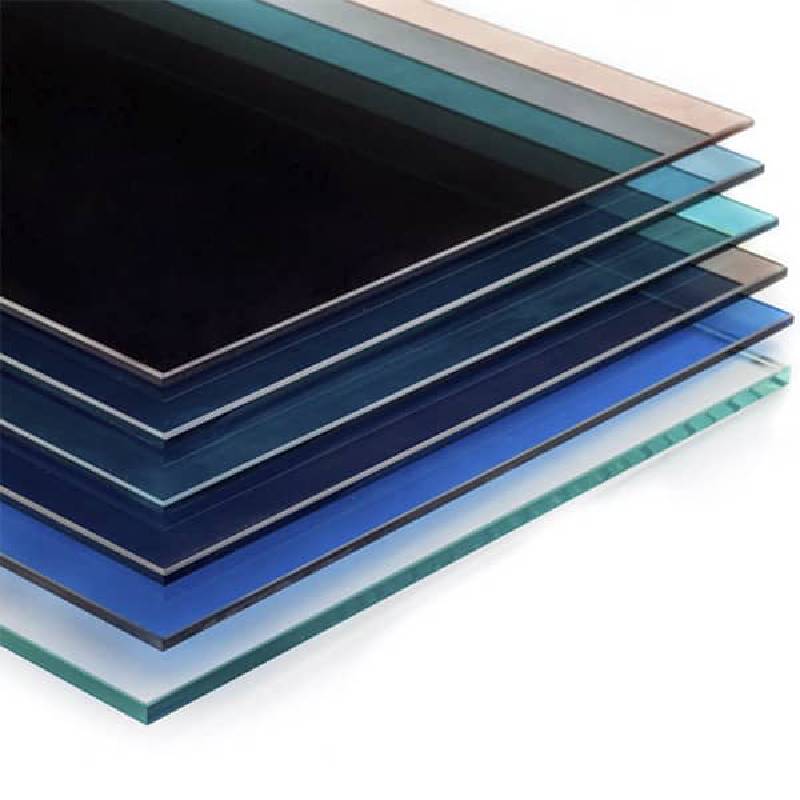

The Beauty and Functionality of Light-Reflecting Glass
In the realm of architecture and design, the seamless marriage of aesthetics and functionality is paramount. One material that encapsulates this blend is light-reflecting glass. Often used in modern interiors and striking exteriors, light-reflecting glass serves a multitude of purposes while elevating the visual appeal of structures. This article delves into the various aspects of light-reflecting glass, exploring its characteristics, applications, benefits, and potential future developments.
Understanding Light-Reflecting Glass
Light-reflecting glass, commonly known as reflective glass, is a specialized type of glass designed to reflect a significant portion of incident light. This is achieved through a thin, metal-coated layer that is applied to the surface of the glass, allowing it to reflect light while also permitting visibility from the inside. The most common types of reflective glass include bronze, gray, and blue shades, each imparting a unique aesthetic to buildings and interiors.
The reflective nature of this glass renders it an excellent choice for minimizing heat gain and reducing glare, which makes it increasingly popular in climates with high sun exposure. Furthermore, light-reflecting glass contributes to energy efficiency in buildings by reducing the reliance on artificial lighting and cooling systems.
Applications in Architecture and Design
The usage of light-reflecting glass can be observed in various architectural settings, both commercial and residential. Skyscrapers, office buildings, and shopping centers often utilize this material to create visually stunning facades that shimmer in sunlight while providing necessary shade and insulation. Notably, the reflective quality of the glass can create impressive visual illusions, transforming conventional structures into breathtaking landmarks.
In residential spaces, light-reflecting glass is utilized in windows, glass doors, and even partitions. Homeowners appreciate the combination of natural light and privacy it offers, as the reflective surface allows for an unobstructed view of the outside while keeping prying eyes at bay. Additionally, it helps maintain a comfortable indoor environment, making homes more energy-efficient.
Benefits Beyond Aesthetics

The advantages of light-reflecting glass extend far beyond its striking appearance. One of the most significant benefits is energy efficiency. By reflecting solar radiation, this type of glass can significantly decrease the demand for heating and cooling systems, ultimately leading to lower energy bills. According to various studies, buildings equipped with reflective glass can experience up to 30% reduction in energy costs compared to those with traditional glazing options.
Moreover, light-reflecting glass contributes to enhancing indoor comfort. Its insulation properties help regulate indoor temperatures, which is particularly advantageous during extreme weather conditions. The reduction of glare aids in improving visibility and comfort for occupants, making spaces more conducive for work and relaxation.
Eco-Friendly Solutions
As sustainability becomes increasingly vital in construction and design, light-reflecting glass is seen as an eco-friendly option. Its thermal performance means less energy consumption, thus reducing the carbon footprint of buildings. Many manufacturers are now employing sustainable production methods for reflective glass, including the use of recycled materials. The initiative to create more environmentally friendly products is a reflection of the industry's commitment to conservation and responsible usage of natural resources.
The Future of Light-Reflecting Glass
As technology progresses, the potential of light-reflecting glass continues to expand. Innovations in smart glass technology are paving the way for more versatile applications. These advances allow for varying levels of transparency and reflectivity, enabling users to control the amount of light and heat entering a space. For instance, electrochromic glass can switch from transparent to opaque, enhancing privacy and energy efficiency on demand.
Moreover, as urban areas grow and concerns regarding climate change intensify, the demand for energy-efficient materials like light-reflecting glass is expected to rise. Architects and designers are continuously seeking new ways to integrate this material creatively into their projects, leading to more vibrant and sustainable environments.
Conclusion
In conclusion, light-reflecting glass stands out as a remarkable material in modern architecture and design. Its combination of aesthetic appeal, energy efficiency, and practical benefits makes it a favored choice among architects and homeowners alike. As technological advancements continue to enhance its capabilities, light-reflecting glass is poised to play a vital role in the future of sustainable construction and urban design, ultimately contributing to more beautiful and environmentally friendly spaces.